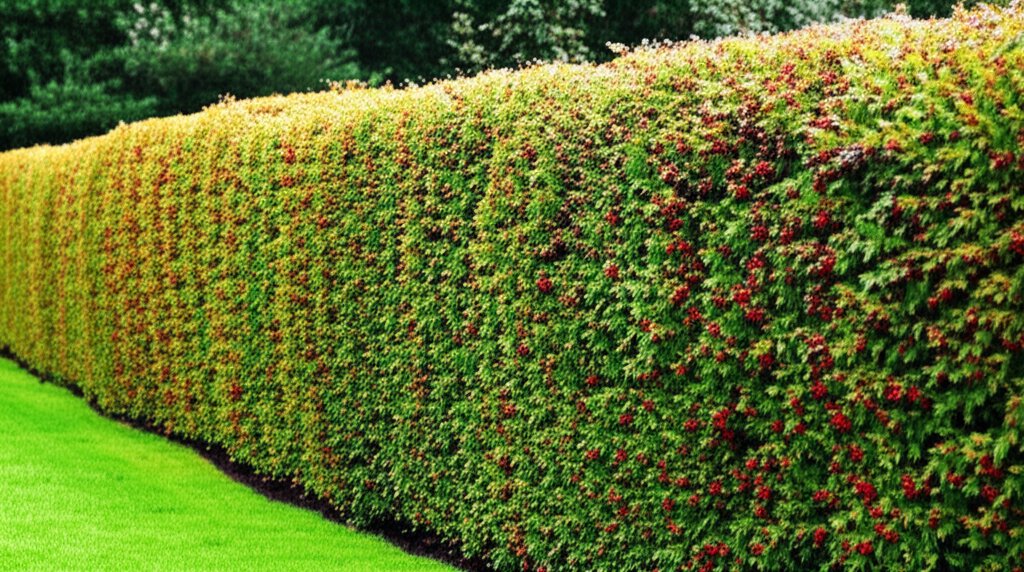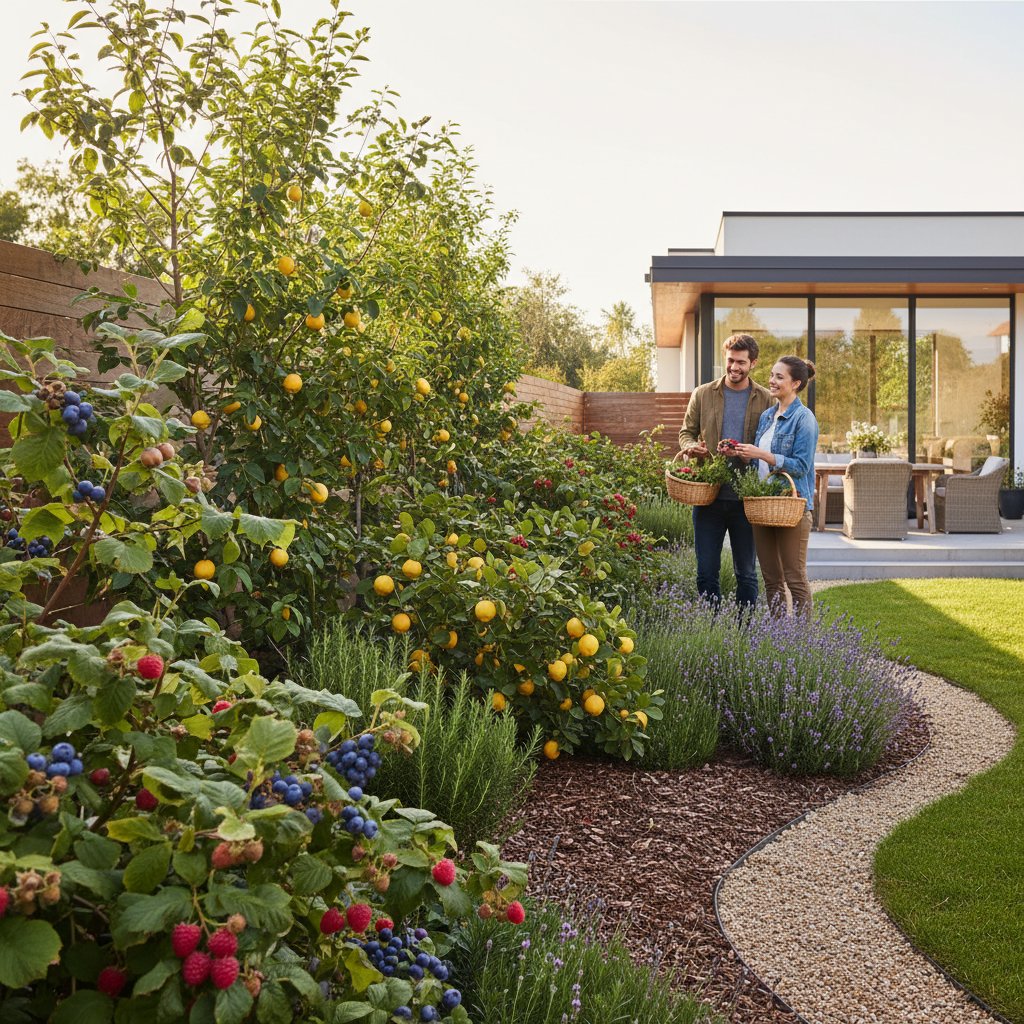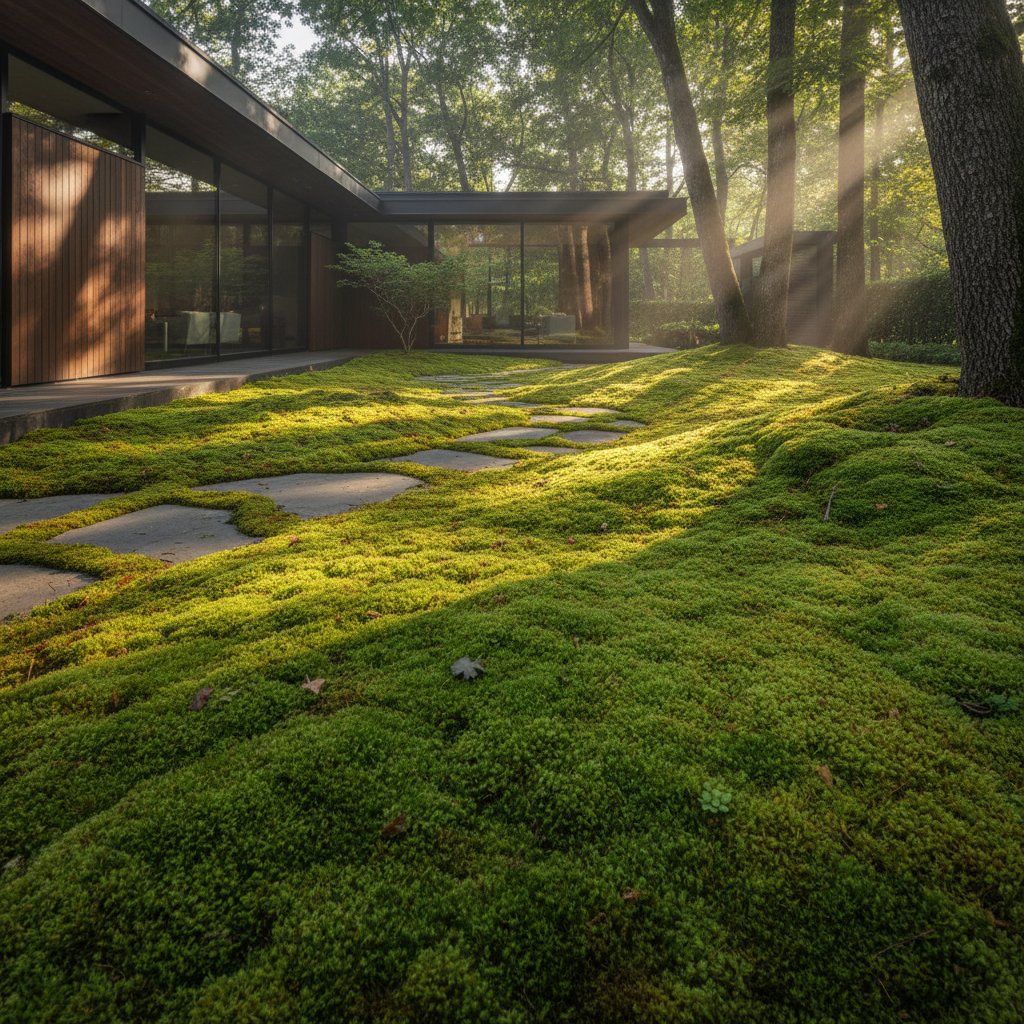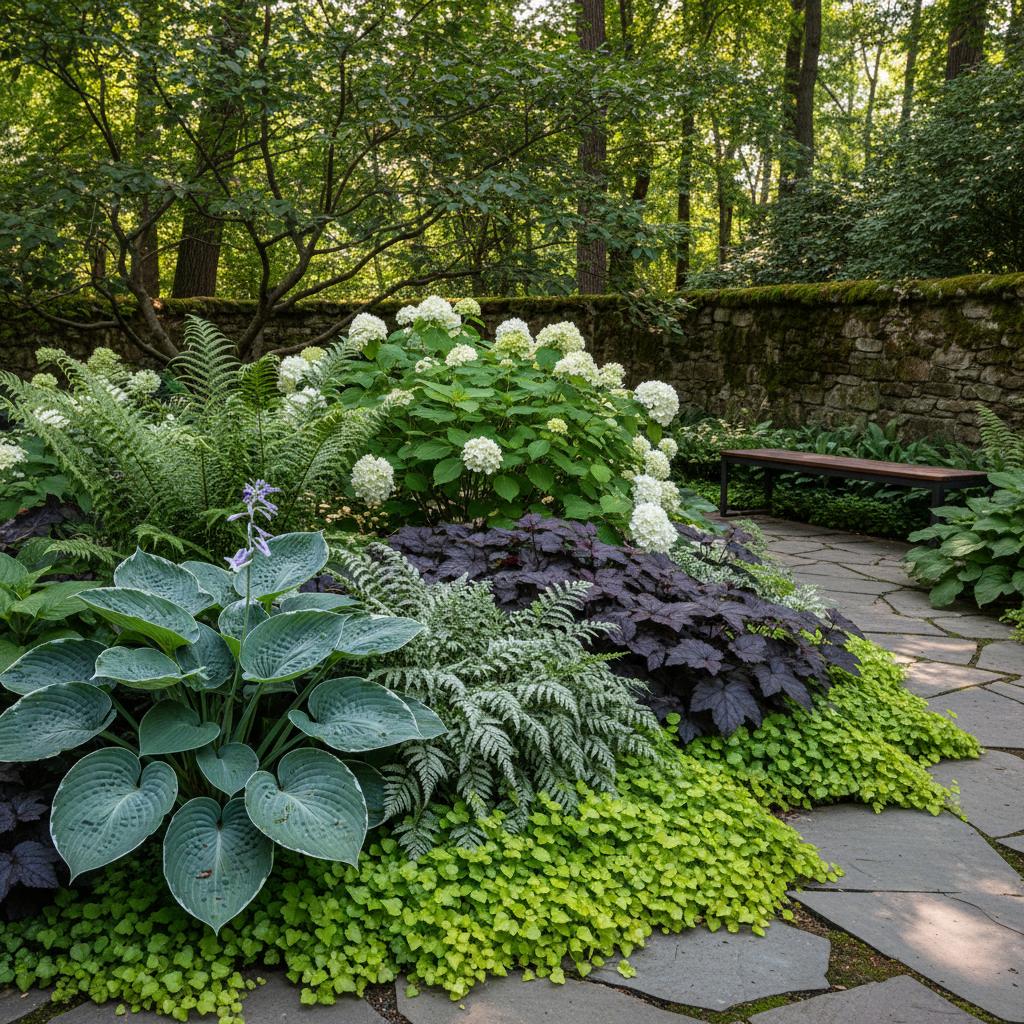Why Edible Hedges Represent a Superior Privacy Solution
A robust hedge establishes seclusion and tranquility in your yard. It dampens external noise, delineates boundaries, and introduces lush vegetation that completes the overall design. Homeowners increasingly opt for edible varieties over standard hedges, gaining the same screening benefits alongside harvests of fruits, nuts, or herbs. This approach creates a multifaceted landscape that serves practical and productive purposes.
Key Distinctions of Edible Hedges
Edible hedges consist of fruit-producing shrubs or compact trees rather than non-fruiting evergreens. Options such as blueberries, currants, blackberries, hazelnuts, rosemary, or bay laurel develop into thick barriers when planted at close intervals. These formations block sightlines and winds effectively, comparable to boxwood or privet.
What sets edible hedges apart is their yield of nourishment, support for pollinators, and dynamic seasonal displays. Spring brings blossoms, summer delivers fruits, and autumn showcases vivid leaves. This combination yields both functionality and ornamentation.
Achieving Effective Privacy
Privacy drives many hedge installations. Select edible species that grow to four through eight feet in height, based on the variety. Dense options like serviceberry or goumi establish a firm screen when positioned two to three feet apart. To accelerate coverage, integrate quick-establishing plants with slower-maturing ones to address any initial voids.
These hedges also reduce noise penetration and capture airborne particles. In proximity to high-traffic roads, this enhances the serenity and purity of your outdoor area. Over time, unlike rigid fences, hedges thicken and refine with consistent maintenance.
Recommended Edible Plant Selections
Choices for edible hedges range from compact berry producers to taller nut shrubs, tailored to your regional climate, soil conditions, and light exposure. Consider these proven selections:
- Blueberries: These form tight, vibrant screens while yielding midsummer to early fall fruits. They thrive in acidic soil under full sun exposure.
- Raspberries or Blackberries: Vigorous growers reaching six feet or more, they deliver abundant crops. Choose thornless cultivars for placement near paths.
- Currants and Gooseberries: These tolerate partial shade and produce tangy berries in clusters. They integrate well under overstory trees or beside shaded boundaries.
- Hazelnuts: Substantial shrubs ascending to ten feet, they provide nuts and robust wind protection.
- Rosemary or Bay Laurel: Persistent evergreens in temperate zones, they maintain year-round greenery. Trim them into low, aromatic borders.
Pairing two or three species introduces diverse textures and prolongs harvest periods.
Budget and Installation Factors
Edible hedges prove economical relative to constructing fences or retaining walls. Costs align with those for decorative shrubs, varying by plant maturity and type. Initiate with smaller specimens for lower initial outlay, allowing two to three years for full development.
Planting efforts mirror those for typical hedges: excavate holes twice the root ball width, incorporate organic matter into the soil, and apply mulch for water retention. Established hedges require annual or biannual pruning. Harvesting introduces additional tasks, offset by the produce gained.
Professional installation fees hinge on plant dimensions and layout complexity. A modest boundary might require ten to fifteen specimens, whereas extensive lines demand dozens. Self-installation cuts expenses, provided you prioritize irrigation setup and soil testing to optimize establishment.
Essential Maintenance Practices
Sustain hedge vitality by aligning care with plant cycles. Deliver deep irrigation during establishment and droughts, particularly in the initial two years. Layer organic mulch to conserve soil moisture and deter weeds.
Apply compost or balanced, slow-release fertilizer in spring to support growth without excess foliage at the expense of yields. Monitor for insects such as aphids or caterpillars; natural predators drawn to blooms often manage infestations.
Edible hedges offer renewal simplicity. Replace underperforming plants with compatible alternatives to sustain vigor and adapt to evolving needs.
Ecological and Aesthetic Advantages
Edible hedges bolster local biodiversity. Blossoms nourish bees and butterflies, while fruits sustain birds and humans alike. Thick canopies shelter wildlife, and root systems prevent erosion while minimizing water runoff.
Aesthetically, these hedges surpass monotonous green barriers with evolving seasonal elements. Foliage transitions, berry clusters, and textural contrasts create a dynamic, naturalistic scene. In compact yards, this layered softness expands perceived space.
Addressing Potential Drawbacks
Edible hedges present manageable hurdles. Avian visitors may claim portions of the crop, and unpicked fruits can draw insects. Prompt removal and tidying mitigate these concerns.
Vigorous spreaders like raspberries demand regular pruning to contain growth. Variations in light or soil along the row may cause inconsistent development; counter this by equalizing irrigation or interplanting fillers. Proactive measures resolve most issues effectively.
Steps to Establish Your Edible Hedge
Select a site receiving at least six hours of daily sunlight for optimal fruiting. Calculate the boundary length and allocate spacing according to each plant's expected spread, typically two to four feet. Enrich soil with compost prior to planting, and irrigate deeply post-installation.
Phase the project if resources limit full implementation: start with a segment and extend annually. Install drip lines for uniform watering. Cover the base with bark or straw mulch to shield roots and limit weed competition.
As the hedge matures, it delivers enduring privacy alongside bountiful, homegrown rewards, simplifying care with each passing season.



